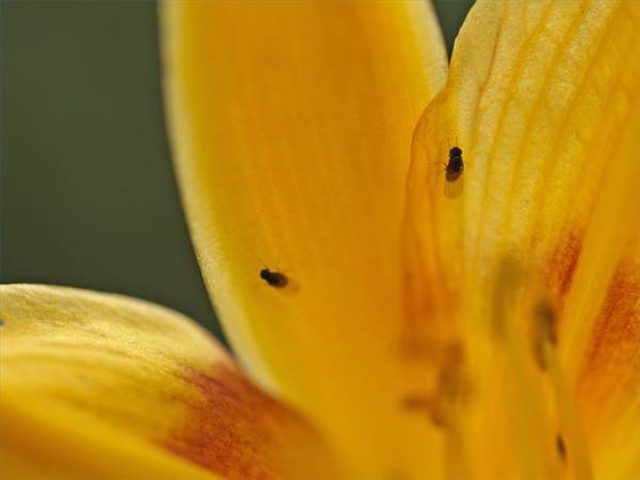Bulbs
Flower Basics
Flower Beds & Specialty Gardens
Flower Garden
Garden Furniture
Garden Gnomes
Garden Seeds
Garden Sheds
Garden Statues
Garden Tools & Supplies
Gardening Basics
Green & Organic
Groundcovers & Vines
Growing Annuals
Growing Basil
Growing Beans
Growing Berries
Growing Blueberries
Growing Cactus
Growing Corn
Growing Cotton
Growing Edibles
Growing Flowers
Growing Garlic
Growing Grapes
Growing Grass
Growing Herbs
Growing Jasmine
Growing Mint
Growing Mushrooms
Orchids
Growing Peanuts
Growing Perennials
Growing Plants
Growing Rosemary
Growing Roses
Growing Strawberries
Growing Sunflowers
Growing Thyme
Growing Tomatoes
Growing Tulips
Growing Vegetables
Herb Basics
Herb Garden
Indoor Growing
Landscaping Basics
Landscaping Patios
Landscaping Plants
Landscaping Shrubs
Landscaping Trees
Landscaping Walks & Pathways
Lawn Basics
Lawn Maintenance
Lawn Mowers
Lawn Ornaments
Lawn Planting
Lawn Tools
Outdoor Growing
Overall Landscape Planning
Pests, Weeds & Problems
Plant Basics
Rock Garden
Rose Garden
Shrubs
Soil
Specialty Gardens
Trees
Vegetable Garden
Yard Maintenance
What Does a Fruit Fly Look Like?
What Does a Fruit Fly Look Like?. If you have annoying little gnats swarming around your kitchen, trash or indoor plants, there is a good chance that they are fruit flies, sometimes known as vinegar flies. These tiny pests can show up and irritate you any time of year and might seem to appear out of nowhere.

If you have annoying little gnats swarming around your kitchen, trash or indoor plants, there is a good chance that they are fruit flies, sometimes known as vinegar flies. These tiny pests can show up and irritate you any time of year and might seem to appear out of nowhere.
History
Right up until the beginning of the twentieth century, many scientists and laypeople alike believed that fruit flies were proof of something called "spontaneous generation." The reason behind this thinking was that fruit flies seemed to appear without warning around everything from bowls of fruit to slabs of meat. It is now well known that the flies go through a rapid life cycle that causes their once mystifying sudden appearance. The flies have been studied by scientists for over a century due to their life cycles, reproduction process and diet.
Identification
Fruit flies are extremely small insects, measuring only about 1/8 of an inch including their wings. To put that into perspective, three fruit flies would measure about the same as one house fly. They sometimes have bright red eyes, although without a microscope those would be nearly impossible to view. Their bodies are usually black, although some may have a brownish-black, tan or even yellow hue to them depending on the species.
Types
There are at least 175 different species of fruit flies in North America and nearly 3,000 thousand varieties worldwide. The number is so large because scientists have crossbred and mutated the flies, leading to even more species than present in nature. Some types of fruit flies are more harmful than others. For example, the Mediterranean fruit fly is one of the most destructive fruit pests in the world. Vinegar flies are the most common in North American homes, restaurants and markets.
Considerations
Fruit flies are attracted to fermentation and the yeasts that cause this effect. Because of this, females will lay eggs near the surface of ripened or rotting fruits and vegetables or other foods as well as places such as sink drains or even dirty mop heads. They will lay nearly 500 eggs, which will hatch within a day or two. The flies have a lifespan of only 8 to 15 days, which is dependent upon air temperature.
Prevention/Solution
To prevent fruit flies, sources that might attract the insects should be eliminated. Taking out trash regularly, cleaning sink drains, garbage disposals and cleaning supplies and refrigerating or quickly consuming fresh fruits or vegetables will help inhibit fruit flies from your home. If the flies are already present, locating the breeding area and removing or thoroughly cleaning it will be the only way to get rid of these persistent pests. Fruit fly traps, foggers and aerosol sprays are also available.